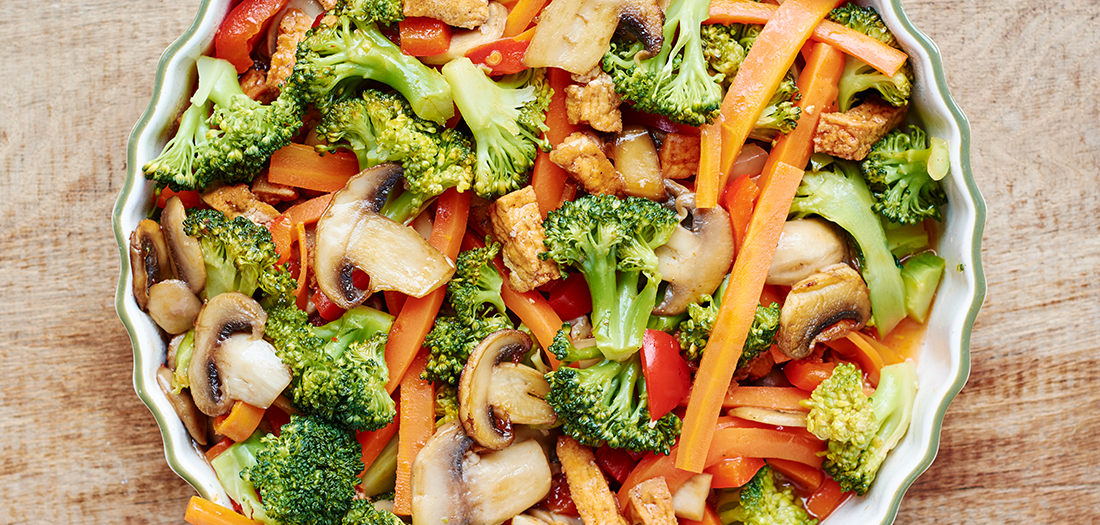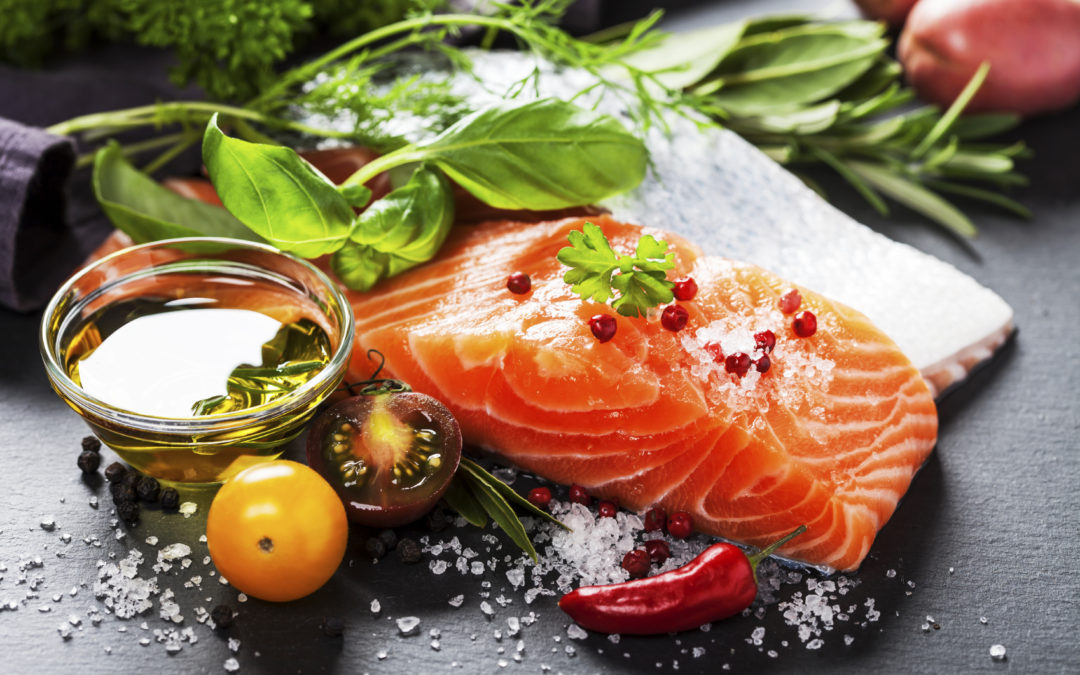In our modernized world, we have access to any kind of food that we crave, at any hour of the day. Our fast-food society means we can eat without preparing our own food, and chow down on red and processed meat, sugar and processed grains, sugary drinks, salt and high-fat, high-calorie junk food, all of which contribute to obesity, cancer, heart disease, diabetes and strokes. So, while our ancestors may not have had food so readily available, they ate locally grown, in-season food mainly consisting of vegetables that they prepared themselves, and their diet didn’t contribute to the health issues the way that the Western diet does.Don’t get us wrong, weappreciate many modern food conveniences, including pre-packaged, pre-washed vegetables and canned sardines. And while no single generation had the perfect diet, most of us would benefit from following certain aspects of our ancestors’ more natural diets, which were almost free of refined sugar. Here are two traditional diets—the Mediterranean diet and the traditional Okinawa diet—that are worth your consideration. Below we detail the specifics of each diet, and share some recipes to help you get started.
The Mediterranean Diet
If you want to explore this diet, take a trip to rural Italy, France, Greece, Spain or other Mediterranean countries (we’re in!) to seek out those who still use traditional cooking methods.
Two of our favorite takeaways from this diet:
1) People eat simply—foods aren’t processed, refined or stripped of their nutrients and fiber, so they stay intact, offering disease-prevention benefits while keeping the meal light, yet filling (also thanks to the fiber).
2) The culinary style isn’t complex—it’s centered on fresh, seasonal foods like grains, vegetables, legumes and seafood, with a simple touch of olive oil, citrus, herbs and spices. Grains and legumes are steamed with herbs and spices, and foods are typically grilled or cooked simmering in a flavored liquid or sauce. Foods are baked with herbs, extra-virgin olive oil and a splash of dry white wine or fresh lemon juice. Fresh vegetables are tossed into simple salads, sautéed vegetables receive a drizzle of olive oil and garlic, and voila!—a delicious, health-enhancing meal is made.
Make an effort to include the stars of this traditional eating style into your lifestyle.
The Basics
Eat: vegetables, fruits, nuts, seeds, legumes, potatoes, spices, fish, seafood, whole grains, herbs and extra virgin olive oil.
To go for the Mediterranean gold, aim for these amounts:
- Olive oil (3-5 teaspoons daily)
- Fruits (2 cups daily)
- Vegetables (3 cups daily)
- Nuts (1 to 1½ ounces daily)
- Fish (at least two 3-ounce servings a week)
- Herbs and spices
- Legumes (all varieties, ½- to 2/3-cup cooked, at least three times a week).
- Red wine, if desired (one glass per day for women; two glasses for men)
Eat some: poultry, eggs and dairy
Rarely include: red meat
Never eat: sugar-sweetened beverages, added sugars, refined grains and other highly processed foods, refined oils
The Benefits
- Weight loss: A study published in The New England Journal of Medicine found that people who followed a Mediterranean diet for two years lost more weight than low-fat dieters, and maintained their 10-pound loss.
- A healthy heart: Antioxidants from the fruits, veggies and beans combined with the omega-3s from the fatty fish and with red wine in moderation reduces blood pressure, lowers triglycerides and LDL cholesterol, and prevents plaques from forming on the arteries, all of which keep the heart healthy and strong.
- Fight diabetes: A study published in the Annals of Internal Medicine found that after diabetics followed the Mediterranean diet for four years, only 44% of participants still needed diabetes medication, while 70% of the low-fat diet followers still did.
- Improved eyesight: The diet is rich in lutein, which is found in green leafy veggies and helps fights macular degeneration, the leading cause of blindness.
- Reduced risk of Alzheimer’s: According to a study in the Journal of the American Medical Association, people who followed the Mediterranean diet reduced their risk of developing Alzheimer’s by 40%; those who also exercised reduced their risk by 60%.
Dishes to Try
- Avocado & Olive Pasta
- Fresh Figs & Feta with Toasted Walnuts
- Pistachio Crusted Whitefish with Chunky Roasted Pepper Sauce
- Greek Quinoa Salad
- Mediterranean Style Eggs with Kalamata Olives
A Word of Caution
While the Mediterranean diet is known for its inclusion of heart-healthy olive oil, be aware of how much you use. All oils contain a hefty 120 calories per tablespoon; liberally add it when cooking and on salads, and dip your bread in it and you’ll consume excess calories that will result in weight gain, offsetting the health benefits of the diet. Avoid this when cooking by spritzing a pan with olive oil from a spray container to disperse the calories and then measure a teaspoon or two and drizzle over meals, rather than pouring without being aware of how much you use. The calories in nuts also add up quickly, as do the negative effects of drinking more than the recommended one glass of wine for women and two for men.

The Traditional Okinawa Diet
Two of our favorite takeaways from this traditional diet:
1) Avoid eating until you’re stuffed.
2) Simple, unprocessed foods pack the nutrients to keep you healthy.
The Basics
This low-calorie diet, which largely features fruits and vegetables, packs a big nutrient punch. A mainstay of the diet of the Okinawa people of Japan is the imo—a purple or yellow variety of orange sweet potatoes. They also consume lots of green leafy veggies and other green, orange and yellow veggies such as bitter melon, as well as tofu and other soybean-based foods, and small amounts of white rice. Okinawans eat until they are 80 percent full and share as much as they can with their neighbors. Eggs and meat are consumed, but not often. Refined sugary foods are non-existent.
The Benefits
The people who still eat this way in Japan have one of the largest populations of centenarians. Remarkably, these people are living active lifestyles and, for the most part, age slowly and are free of disability.
Recipes Inspired by the Okinawa Diet
- DIY Brown Rice Salmon Sushi
- Spiced Tofu Veggie Scramble
- Roasted Detoxifying Veggies
- Veggie Detox Salad
- Kale Salad with Warm Roasted Sweet Potatoes and Carrots
A Word of Caution
While centenarians in Okinawa enjoy both brown and white rice, white rice is stripped of its nutrients and fiber and doesn’t have much in terms of nutritional benefits. One-half cup of white rice contains 100 calories, and portion sizes are typically much larger, which means the calories can add up quickly. Part of the longevity of the Okinawans may be rooted in the constant control of portions and calories combined with a diet packed with health-promoting nutrients. Unfortunately, modern-day Okinawans are experiencing rising rates of obesity, cardiovascular disease and diabetes, as many don’t follow the same diet as earlier generations.

